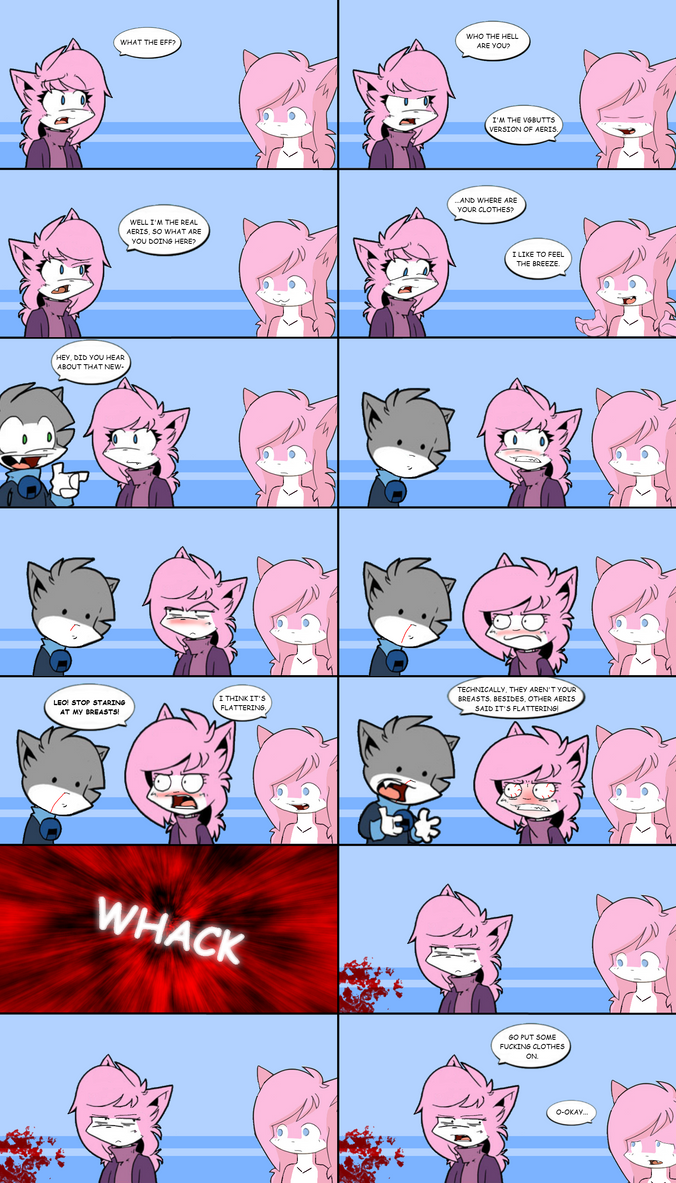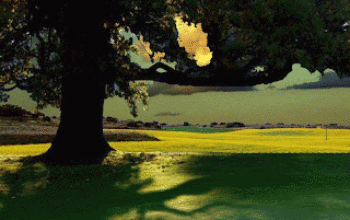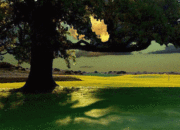In the realm of quantum physics, one might ponder the fascinating implications of the Many-Worlds Interpretation (MWI), positing that each quantum event spawns a myriad of divergent realities. This conception not only challenges traditional notions of single-threaded reality but also unfurls a plethora of whimsical questions. What if our choices were not merely weighed against the backdrop of fate, but rather, branched out into distinct realms where every potential outcome materializes? The synthesis of quantum mechanics and narrative intrigue evokes a unique tapestry encompassing both scientific inquiry and imaginative exploration.
The central premise of the MWI suggests that all possible outcomes of quantum measurements actually occur in separate, parallel universes. Each decision, each moment of divergence, multiplies into a spectrum of self-contained realities. In this kaleidoscopic universe, a myriad of selves engages with divergent circumstances, creating a complex interweaving of narratives that can be difficult to comprehend. One might ask, what happens when these distinct realities collide or interact? The implications of such collisions could inspire both dread and exhilaration.
Consider the theoretical implications of such a scenario: two vastly different realities intersecting. One reality may harbor a dystopian future replete with omnicidal artificial intelligences, while another could envision a utopia led by compassionate superintelligent beings. When these realities collide, the ensuing chaos invites a multitude of existential dilemmas. Are the denizens of each reality capable of assimilating the divergent paradigms, or will the collision induce a catastrophic unraveling of their respective timelines?
This inquiry begs an exploration of consciousness and perception. In a universe dictated by the Many-Worlds Interpretation, what does it mean for a “self” to exist in multiple forms? Each individual’s consciousness could, in theory, be a mere node within a vast quantum network, experiencing reality through a singular vector while the others occur in parallel. This raises profound questions: As different versions of oneself navigate through converging realities, could there be an ultimate self that observes and judges these alternative paths? Would our choices, made in one reality, influence another? The philosophical ramifications are immense, posing a challenge to our understanding of identity, agency, and the continuum of existence.
Examining the notion of collision through the lens of quantum entanglement, we can further enrich this discussion. Quantum entangled particles exist in a state where the state of one particle can instantaneously affect another, regardless of distance. If such entanglements were to extend to the confluence of realities, one might theorize that actions taken in one universe could ripple through the fabric of another, forging connections that blur the boundaries of independence. How would this entanglement affect causality between realities? Would an individual facing a moral dilemma in one universe feel the moral weight of their decision in a parallel universe, perhaps impacting their choices across others? The ramifications of such entanglement could seed a narrative rich with tension and character development.
To illustrate these concepts more vividly, consider the narrative of two characters—Alice and Bob—propelled through differing timelines that share a singular moment of choice. Imagine Alice, who selects to preserve a pivotal artifact in her universe, unwittingly triggering a sequence of events that transforms her reality into a technological utopia. Meanwhile, Bob chooses to destroy the same artifact in his universe, leading to societal collapse. As their paths inevitably intersect due to the convergence of circumstances, both characters must grapple with the implications of their choices. Are they mere puppets of fate, or do they possess the agency to influence the fabric of their realities? This interplay forms the bedrock of a riveting Many-Worlds thriller, encapsulating the essence of quantum philosophy within the narrative structure.
The conundrum intensifies when contemplating confrontations between protagonists from differing realities. Would their encounters result in collaboration or combat? Would they seek to ally with one another to amend their collective fates, or would they perceive each other as existential threats? The psychological and emotional toll of such encounters can reflect the broader themes of conflict inherent in the human condition, enhanced by the existential implications posed by infinite realities. As the worlds collide, the characters may also confront the constraints of their own identities, leading to conflicts both internal and external.
Yet another layer emerges when we examine the potential for communication across realities. Should means of connection arise, whether serendipitous or designed, the implications could reshape the understanding of collaboration. How can knowledge disseminate across the barriers of quantum divergence? If messages are sent, does the recipient’s perception alter the intention behind them? Such considerations introduce opportunities for innovative storytelling and character exploration.
The playfulness inherent in exploring the Many-Worlds framework also leaves space for humor and irony. The collision of two drastically different realities can yield unexpectedly comedic outcomes. Imagine a universe where irrationalism reigns, and the laws of physics are subverted by the whims of social quandaries, juxtaposed against a rigorously logical universe. The absurdity of such negotiations could offer a satirical commentary on the human experience, accentuating the peculiarities and inconsistencies that often define our existence.
In conclusion, a Many-Worlds thriller that grapples with the phenomenon of colliding quantum realities invokes a spectrum of philosophical questions regarding consciousness, agency, and identity. The interplay between divergent narratives creates a rich tableau for exploration, resonating through the fabric of science and fiction alike. Ultimately, such a narrative drives at the heart of what it means to exist in an interconnected web of possibilities, challenging participants to confront the nature of their choices. Through an intricate labyrinth of both conflict and camaraderie, the provocative exploration of these quantum realms beckons, inviting us to reconsider the very essence of reality itself.












